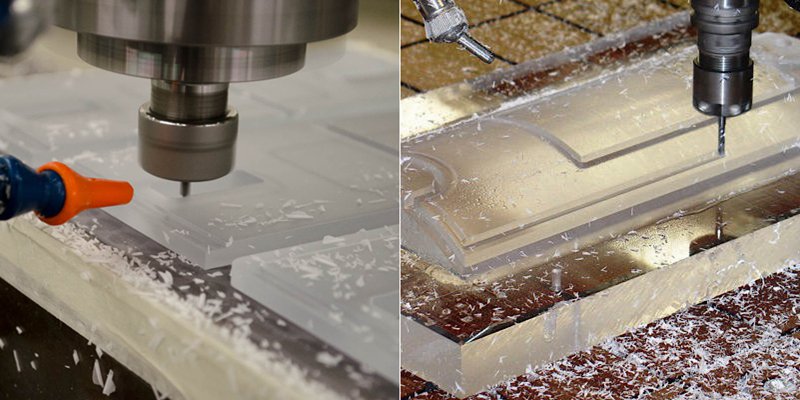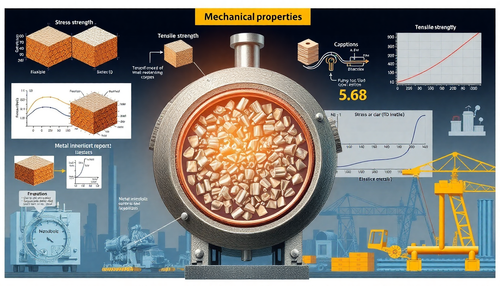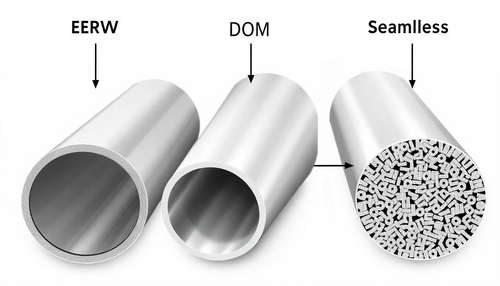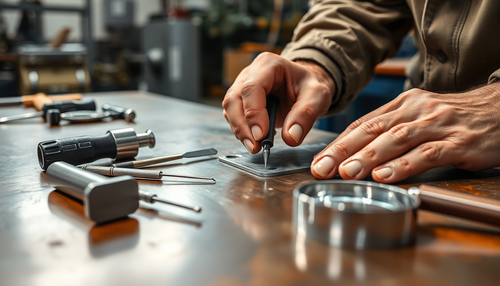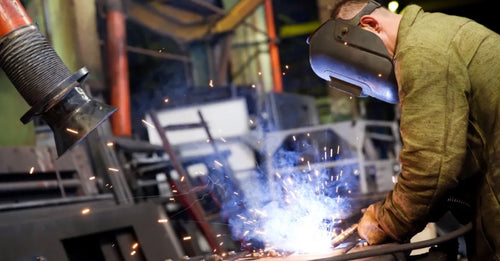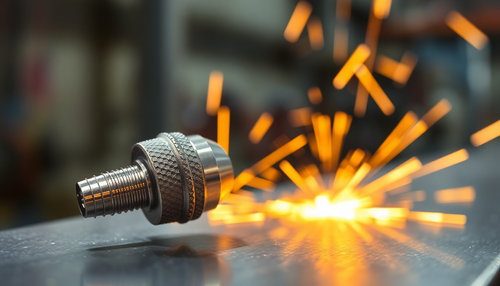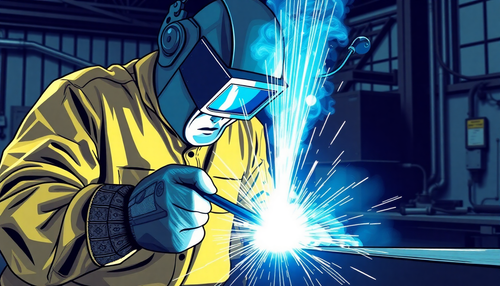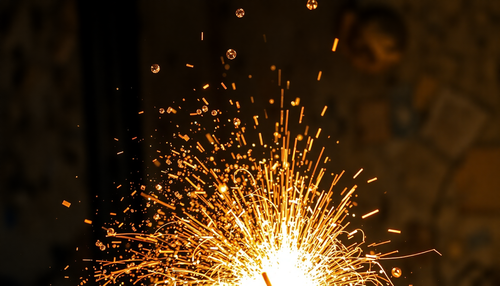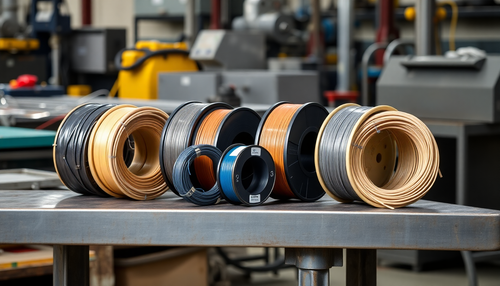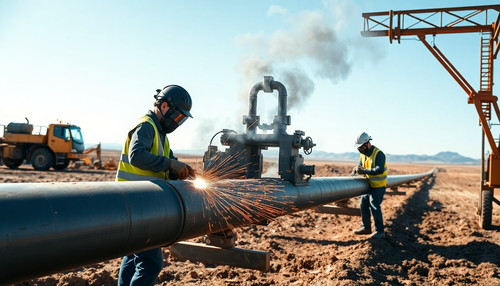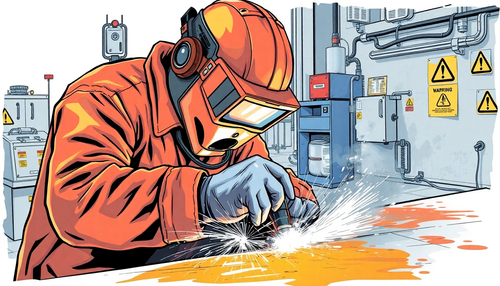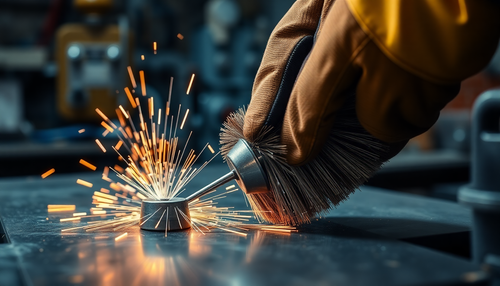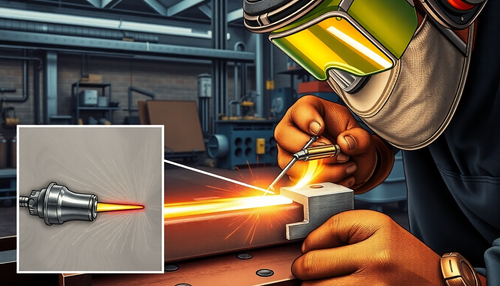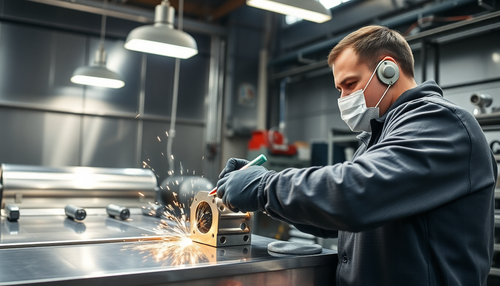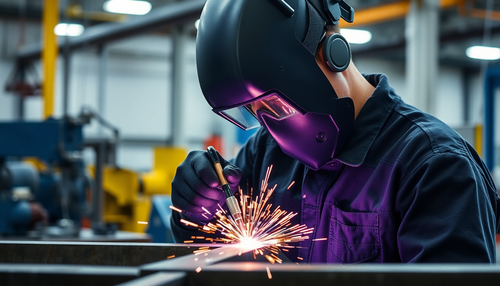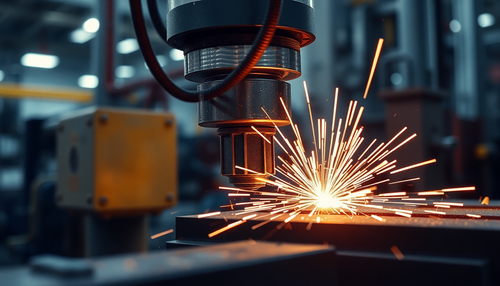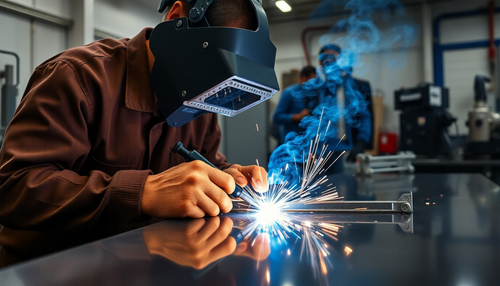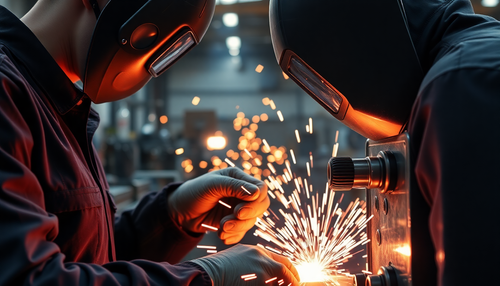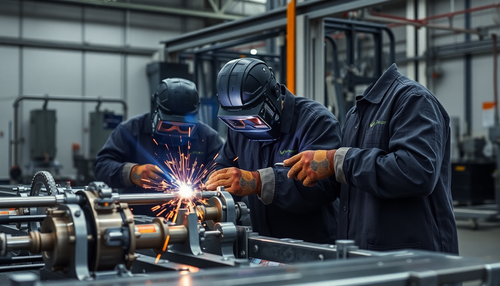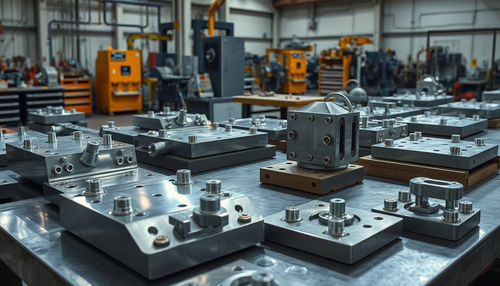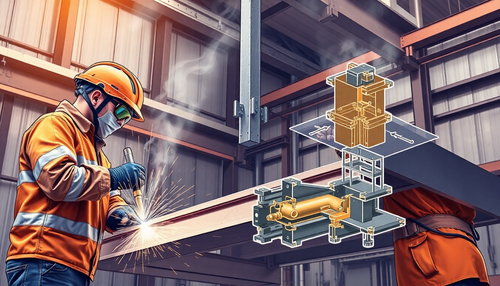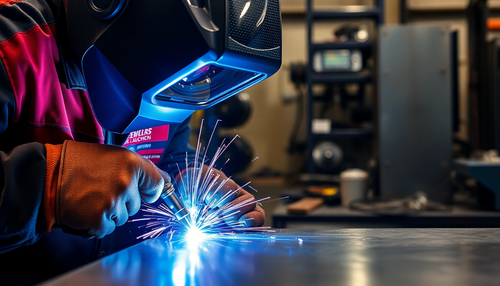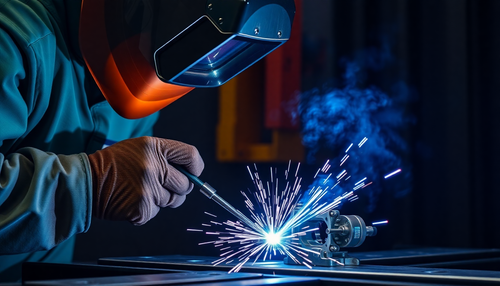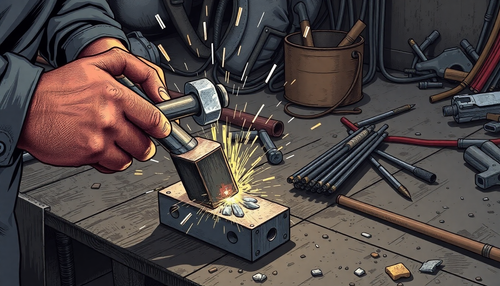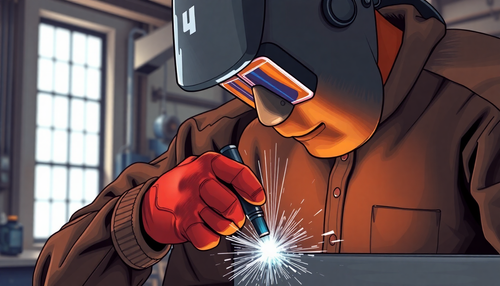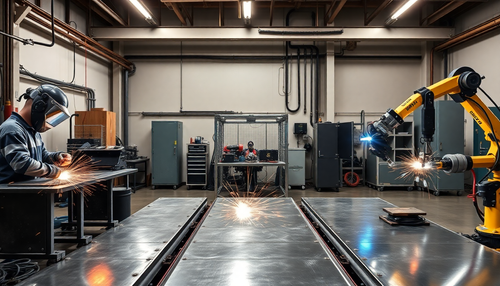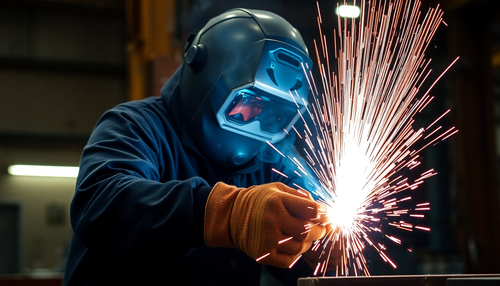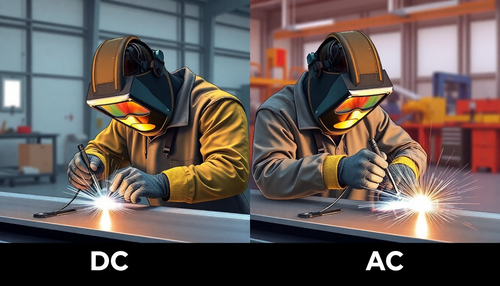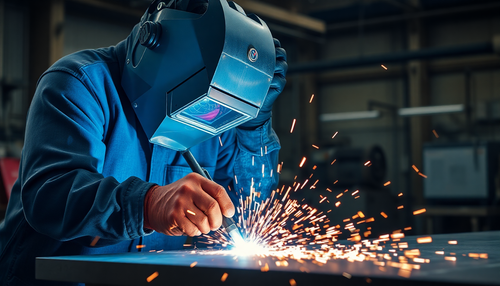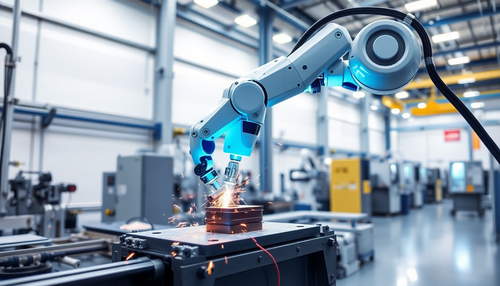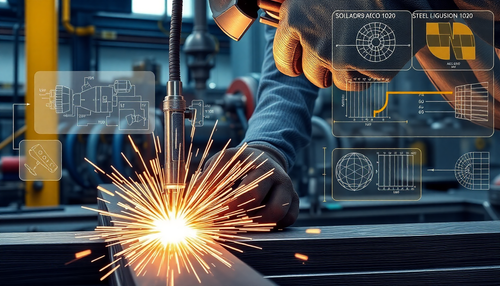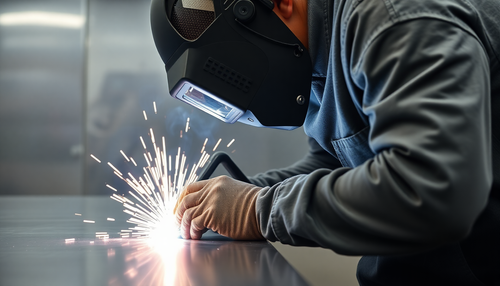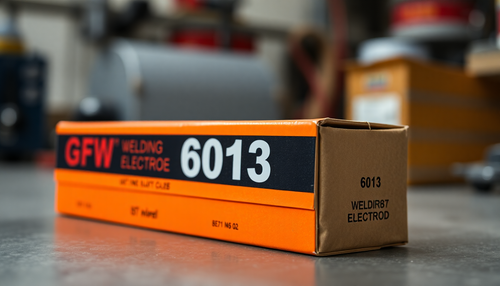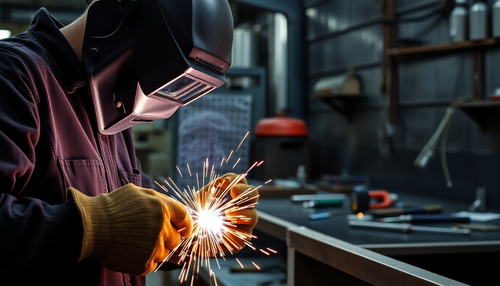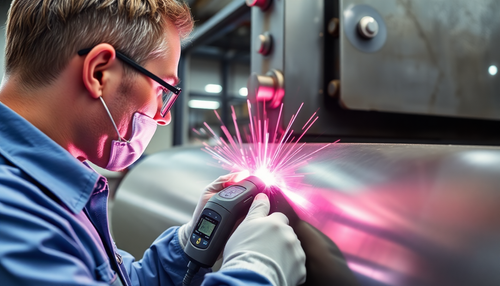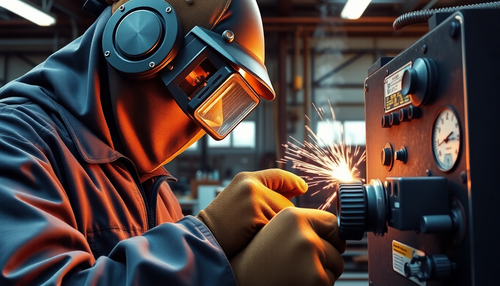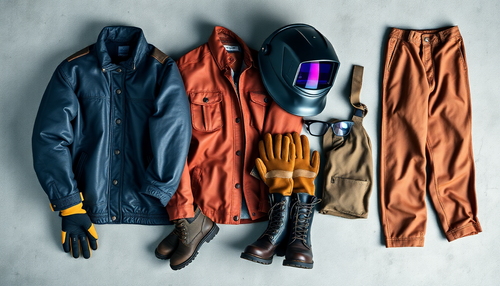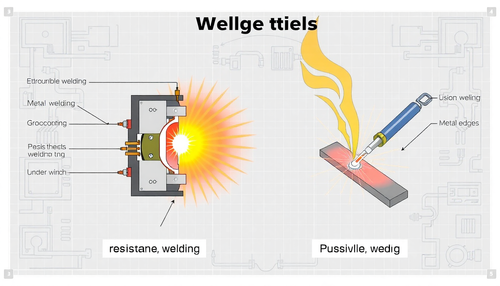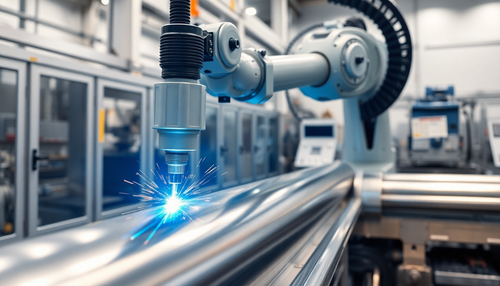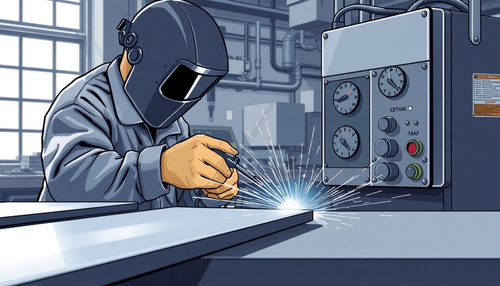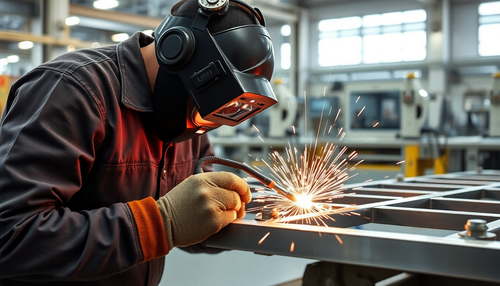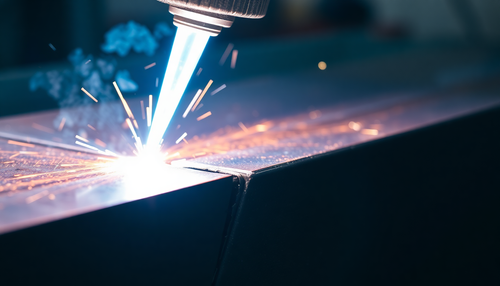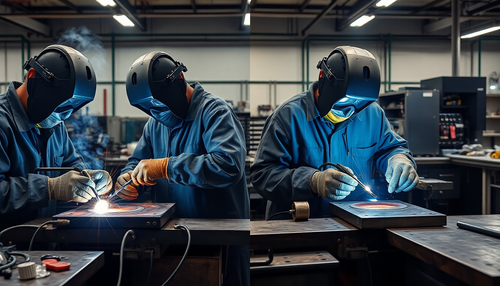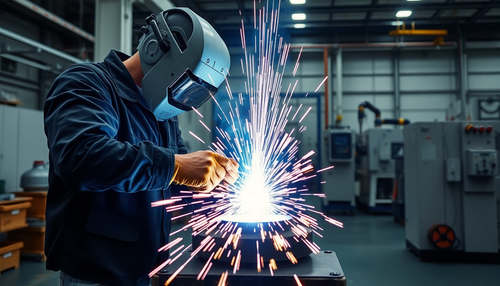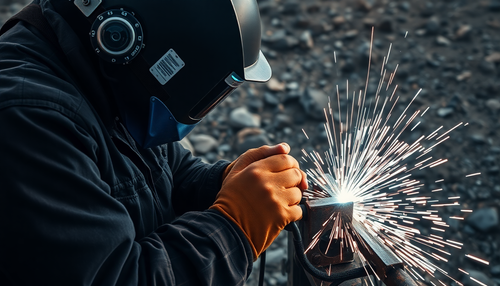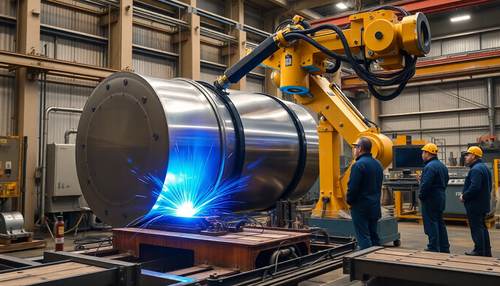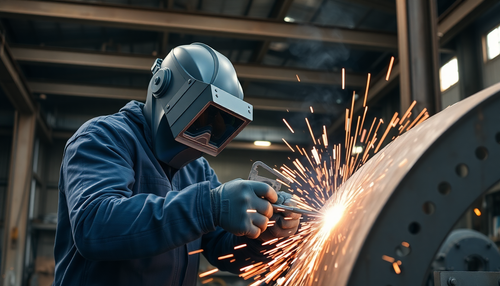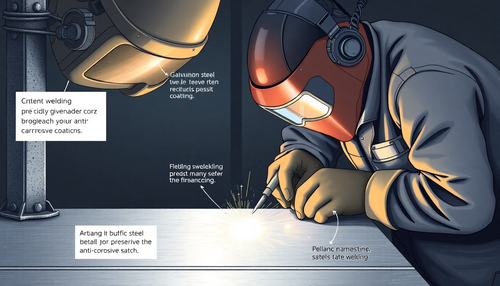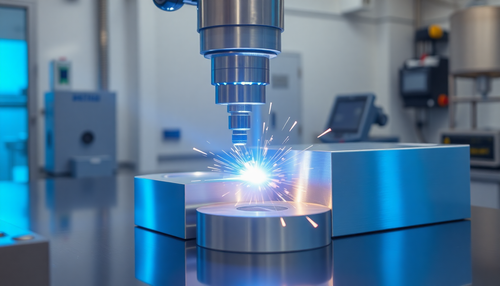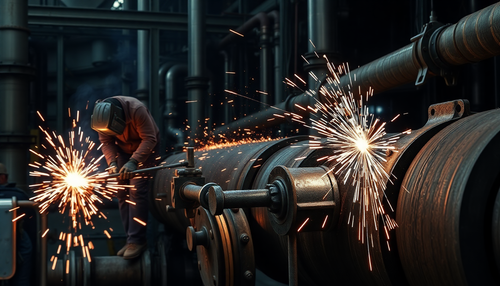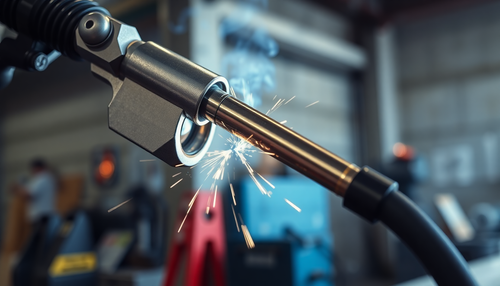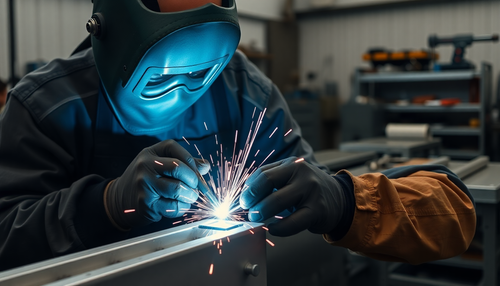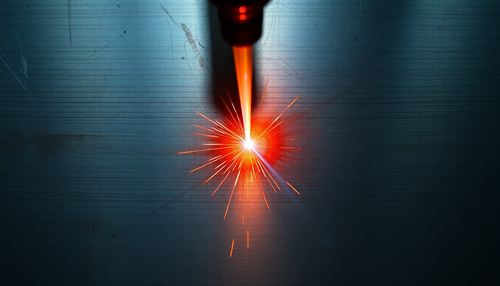
Many product designers across industries use plastic polymers for precision engineering parts. Polycarbonate and acrylic are popular materials that manufacturers consider optical and transparent parts.
Still, deciding between polycarbonate and acrylic for your project can be a challenge because these materials have different properties. Therefore, it is important to understand the unique properties of these materials to find the right material for your product.
This article will discuss in detail the differences between acrylic and polycarbonate machining, as well as their properties, applications and surface finishes.
Differences between polycarbonate and acrylic (PMMA)
This section explains the main differences between the processing of acrylic and polycarbonate materials, taking into account their individual characteristics.
Material properties and applications
Properties and applications of polycarbonate
Transparent polycarbonate provides 88% light transmission, allowing excellent visibility of machined parts. Its properties make it a suitable plastic for applications that require high resistance to stress or impacts. PC offers average weather resistance, but is not resistant to UV rays.
Polycarbonate is used in the manufacture of greenhouses, electrical and electronic equipment, safety equipment, automotive components, office equipment and outdoor signage. Product engineers also use PC for transparent structural parts or optical parts.

Properties and applications of acrylic (PMMA)
Clear acrylic material, on the other hand, has superior optical clarity with exactly 92% light transmission, allowing for excellent visibility. It is one of the best plastics with notable weather resistance as it is not prone to hydrolysis or yellowing.
Most importantly, it offers better UV resistance when formulated with UV stabilizers and works in a temperature range of 40-80ºC. However, remember that acrylic has a lower melting point and lower heat resistance, which causes it to deform at lower temperatures.
Although PMMA is relatively brittle and has low impact resistance, its excellent optical properties, light transmittance and weather resistance make it a widely used plastic in many industries, including the automotive industry, which requires transparent parts. Acrylic is commonly used to make aquariums, displays and signage, picture frames, architectural and design components, and acrylic nails.

Surface processing and treatment
Polycarbonate Machining and Finishing Considerations
Transparent PC is a robust, impact-resistant material, with excellent resistance and requiring longer processing time. You can process polycarbonate using milling machines, drills and lathes. Furthermore, it can be disassembled and glued back together in different formats. Polycarbonate products are most compatible with painting and vacuum coating, but cannot be water coated.
Polycarbonate polymer has a low melting point. Therefore, avoid excessive heat generation during CNC machining. However, the machined surface of polycarbonate is generally translucent and difficult to polish manually.
Therefore, if your product requires optical clarity, it is advisable to consider fumigation. The transparency that fumigation provides is lower compared to PMMA. It is advisable to apply a hard coating or a special polycarbonate sheet to the polycarbonate components to protect them from scratches.
PMMA machining and finishing considerations
Transparent PMMA (acrylic) requires a more careful processing process due to its fragility. PMMA is a versatile material that can be disassembled and replaced for various purposes. Furthermore, it is important to use sharp tools for CNC acrylic to avoid heat build-up during machining, as this material has a lower melting point.
Additionally, you can improve the surface of acrylic pieces by painting, vacuuming or sealing. Although acrylic offers better optical clarity, you can also polish the acrylic material to achieve even better optical transparency.
Most importantly, you can protect the surface of processed acrylic parts from scratches through coating or flame polishing. However, subsequent grinding and polishing increases the overall cycle time.

Differences in the polishing process
Although similar pre-polishing processes are used in plastic manufacturing for polycarbonates and acrylics, the polishing process is slightly different.
Polycarbonate polishing
You need to prepare the surface of polycarbonate plastic by wet sanding with fine-grit sandpaper to remove deep scratches and make the surface smooth and attractive.
Steam polishing is an ideal method for polishing polycarbonate. Improves the physical properties of machined polycarbonate components. Most importantly, this technique is suitable for small details and for improving the internal and external surface finish of parts.
Therefore, transparent polycarbonate parts can be given a smooth and attractive surface through steam polishing. Special polycarbonate polishes or plastic polishes help to smooth the polycarbonate surface and improve its clarity.
PMMA polishing (acrylic)
However, for components with optical requirements, clear manual polishing is best for machined PMMA (acrylic) parts. However, it is advisable to clean the surface before polishing the clear acrylic.
Therefore, use a coarse-grit abrasive first and then switch to a finer abrasive before applying the polishing paste with a cloth, polishing pads or polishing sponge. Finished acrylic products typically feature a clear, scratch-free surface with high-quality optical finishes.
Polycarbonate versus acrylic machining: how to choose the right one for your project?
The comparison between polycarbonate and acrylic provides a clear and safe way to choose the appropriate material for your project. Knowing the differences between acrylic and polycarbonate machining will help determine the appropriate material for a specific application. Below are some considerations to help you make the right choice between the two materials.

High gloss finish and better light transmission
If your products require a high gloss finish and excellent visibility, acrylic is the perfect choice as it offers exceptional light transmission and transparency. However, it is prone to cracking when subjected to high stress or impact.
Please note that acrylic parts are susceptible to wear and tear due to prolonged exposure to UV rays. Therefore, it is advisable to use UV stabilizers for acrylic parts intended for outdoor use.
Requires high impact resistance
Although acrylic offers greater light transmission, polycarbonate offers greater impact resistance and operating temperature. Therefore, PC is ideal if your product requires high strength and resistance to low temperatures.
Requires high heat resistance
PC is more extensible than acrylic, allowing for easier machining and moldability. Although polycarbonate offers better heat resistance than acrylic, acrylic is more resistant to chemicals and other harsh solvents than polycarbonate.
However, keep in mind that factors such as material, polishing technique, severity of surface roughness, and available equipment will determine the final surface quality of your product. Therefore, it is advisable to consider all these differences to find the suitable material between acrylic and polycarbonate for a product.
Get great PC and PMMA parts with WayKen
We also offer comprehensive machining capabilities, including CNC machining, 3D printing, vacuum casting, quick tooling, etc. All of this helps us meet your individual needs, regardless of strict tolerances and surface treatments. Contact us today so we can handle your prototyping and part production with shorter lead times and competitive pricing.

Concluding
The machining of polycarbonate and acrylic provides unique properties required in a variety of applications, making these materials ideal alternatives to glass. This article compared the differences in material properties, applications, processing options and surface treatment. However, choosing the perfect material for your products depends on your needs.
Common questions
Does acrylic material tear easily?
Acrylic is stiffer and prone to cracking during drilling, a disadvantage you need to consider when CNC machining plastic components.
How can I cut polycarbonate without breaking it?
Using tools like a jigsaw or circular saw, you can carefully cut the polycarbonate to size without causing cracks due to the length of the saw.
Which is stronger: polycarbonate or acrylic?
Although polycarbonate and acrylic have different properties, polycarbonate is the stronger sheet while acrylic has a glossy finish compared to polycarbonate.

